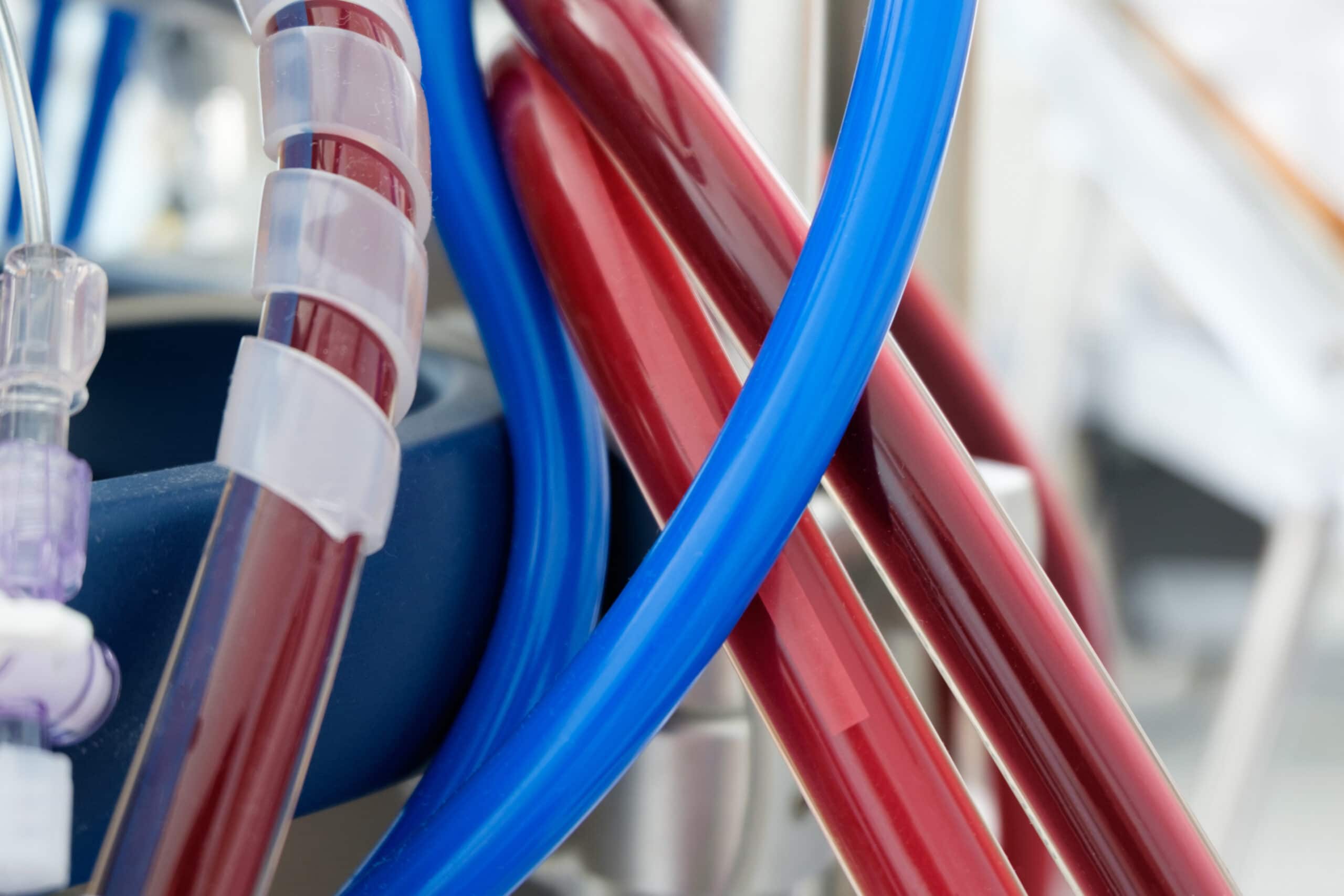Quantification of Recirculation During Veno-Venous Extracorporeal Membrane Oxygenation: In Vitro Evaluation of a Thermodilution Technique

Veno-venous extracorporeal membrane oxygenation (vv-ECMO) represents one of the most advanced respiratory support for patients suffering from severe acute respiratory distress syndrome. During vv-ECMO a certain amount of extracorporeal oxygenated blood can flow back from the reinfusion into the drainage cannula without delivering oxygen to the patient. Detection and quantification of this dynamic phenomenon, defined recirculation, are critical to optimize the ECMO efficiency. Our study aimed to measure the recirculation fraction (RF) using a thermodilution technique. We built an in vitro circuit to simulate patients undergoing vv-ECMO (ECMO flow: 1.5, 3, and 4.5 L/min) with different cardiac output, using a recirculation bridge to achieve several known RFs (from 0% to 50%). The RF, computed as the ratio of the area under temperature-time curves (AUC) of the drainage and reinfusion, was significantly related to the set RF (AUC ratio (%) = 0.979 × RF (%) + 0.277%, p < 0.0001), but it was not dependent on tested ECMO and cardiac output values. A Bland–Altman analysis showed an AUC ratio bias (precision) of −0.21% for the overall data. Test-retest reliability showed an intraclass correlation coefficient of 0.993. This study proved the technical feasibility and computation validity of the applied thermodilution technique in computing vv-ECMO RF.
